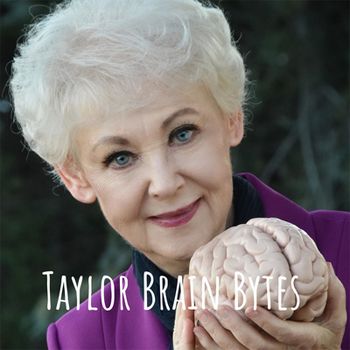Reading Aloud
Q. Is reading aloud for ten minutes a day really an anti-aging strategy? I’ve heard you say that, but I cannot see any possible connection.
Regular challenging stimulation to the brain is linked with helping it stay healthier for longer. There are many ways to stimulate your brain. Typical TV programs and movies at not included because they involve “passive mental picturing,” processing what another brain actively created. Reading, watching educational programs, playing music, and so on, can provide “active mental stimulation” to the brain. This helps to keep the neurons stretched out so that the space between them (the synapse) is narrower and information can cross more easily.
What is different about reading aloud? Reading aloud activates multiple brain-body areas and is considered challenging mental stimulation. The occipital lobes visually process the words on the page and convert them into mental pictures that you can ‘see’ in your mind’s eye. The temporal lobes process the sounds as you say them aloud, which provides additional stimulation to the brain. So do the actions of your tongue, mouth, and teeth as they form the words. Your larynx (voice box) gives those words sound. The lungs help you breathe more deeply to power these movements. Reading aloud is very stimulating to the brain and therefore is classed as an anti-aging strategy.




